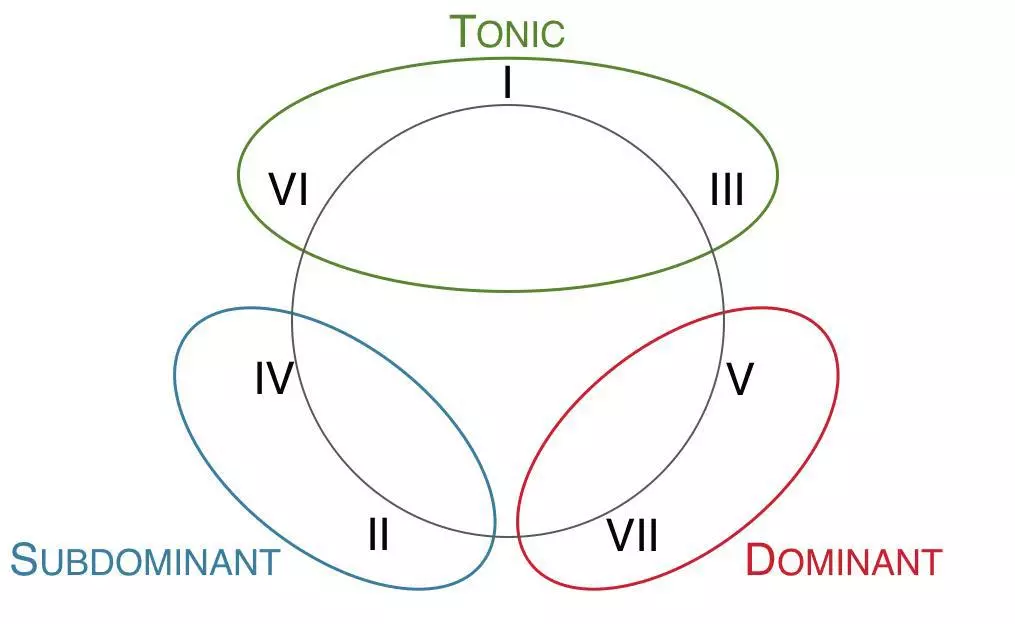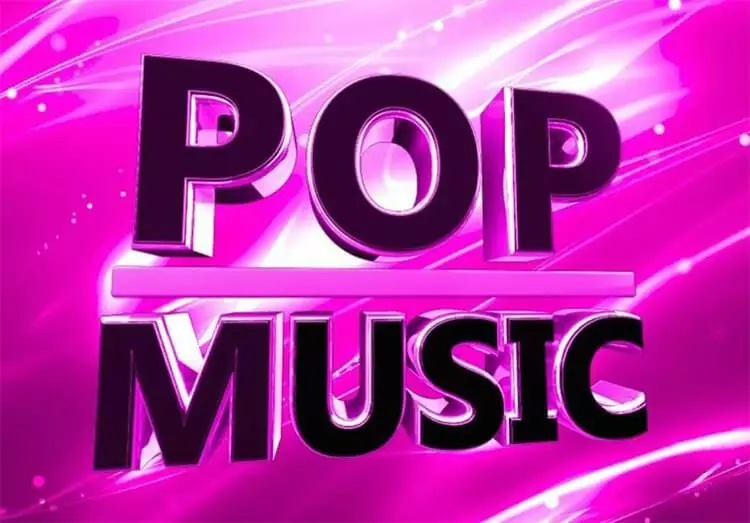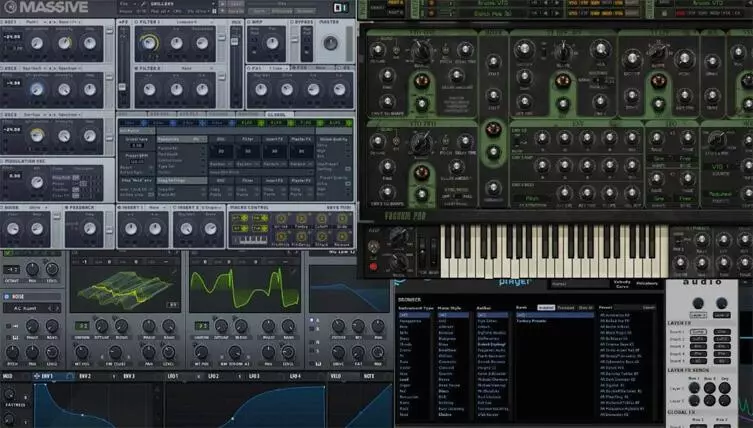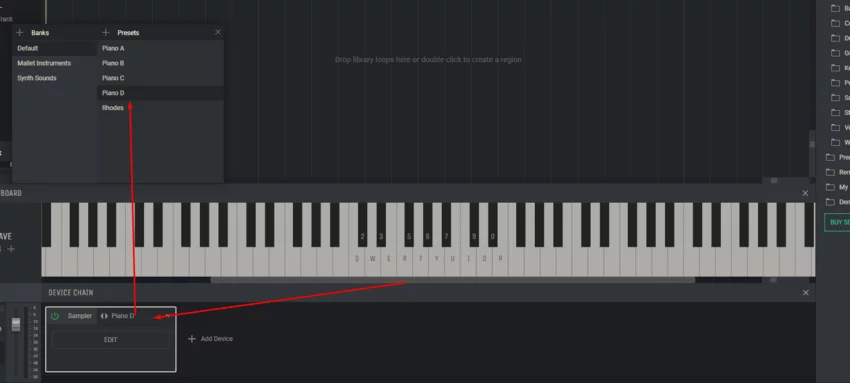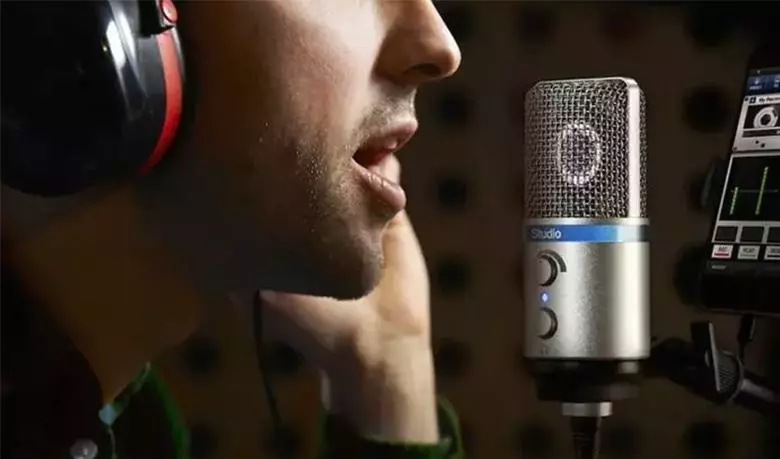Sub Bass

The sounds in individual sub-bass are low-frequency vibrations starting at about 60 Hz and descending to the cutoff frequency that the human ear can perceive, about 20 Hz. At these frequencies, human sensitivity to sound effects causes us to feel these sounds more than to hear them clearly.
For example, the most reliable E string on a bass guitar vibrates at 41.2 Hz, while the A on a regular piano has a frequency of 27.5 Hz. Sound reinforcement equipment and communication systems often include subwoofers to improve sound transmission in this regard. Tones below sub-bass are classified as infrasound.
Variability of timbres
Another way to enrich a vocal arrangement is to use performers with different voice tones. In some cases, certain parts sound best when sung by tenors or baritones, even if the part itself is basic octave singing.
Try combinations of different voices, for example, mixing tenor and bass, falsetto and baritone. Involve various members of the team in the recording or supplement the male part with a female voice. Different combinations can give a track uniqueness and depth.
Sub-bass frequency range
Clear bass delivers impressive sound through audio equipment. Typically, the bass frequency range ranges from 20 Hz to 160 Hz. To achieve the best bass enhancement effect, frequencies around 50 Hz and 80 Hz are recommended, which add depth and power to the sound.
The Role of the Subwoofer in Audio Production
A subwoofer is a specialized speaker designed to reproduce very low sound frequencies such as bass and sub-bass. Its capabilities exceed those of standard woofers in reproducing the lowest frequencies.
Perception and application of sub-bass
The lower frequency threshold that the human ear can perceive is 20 Hz. However, under ideal conditions and high volume, a person can distinguish tones as low as 12 Hz (G -1). There are special audio tracks for testing low frequencies designed to test acoustic equipment. High-quality subwoofers are capable of reproducing sound with an accuracy of 18 Hz ± 2 dB.
In the world of electronic music, sub-bass is used to add depth or create psychoacoustic effects. In genres such as progressive, techno, drum and bass, jungle and psy, powerful low-frequency bass provides the foundation, allowing other instruments to remain light in sound.
In breakout genres such as Breaks, Dubstep, Drumstep, Drumfunk and Glitchhop, sub-bass accents hard hits or adds texture. In classic HipHop and Rap, sub-bass can replace keybass for clarity of vocal performance, so as not to interfere with vocal frequencies.
Technically speaking, sub-bass sounds are recommended when the main melody is based on a repeating motif or to accent the kick drum using a gate effect, like Benny Benassi. Since sub-bass occupies the lowest octave, it must be routed to the center audio channel during mastering. This ensures proper reproduction in club acoustics, where subwoofers isolate sub-bass, otherwise the music may lose depth or sound “wadded” on stereo systems.



